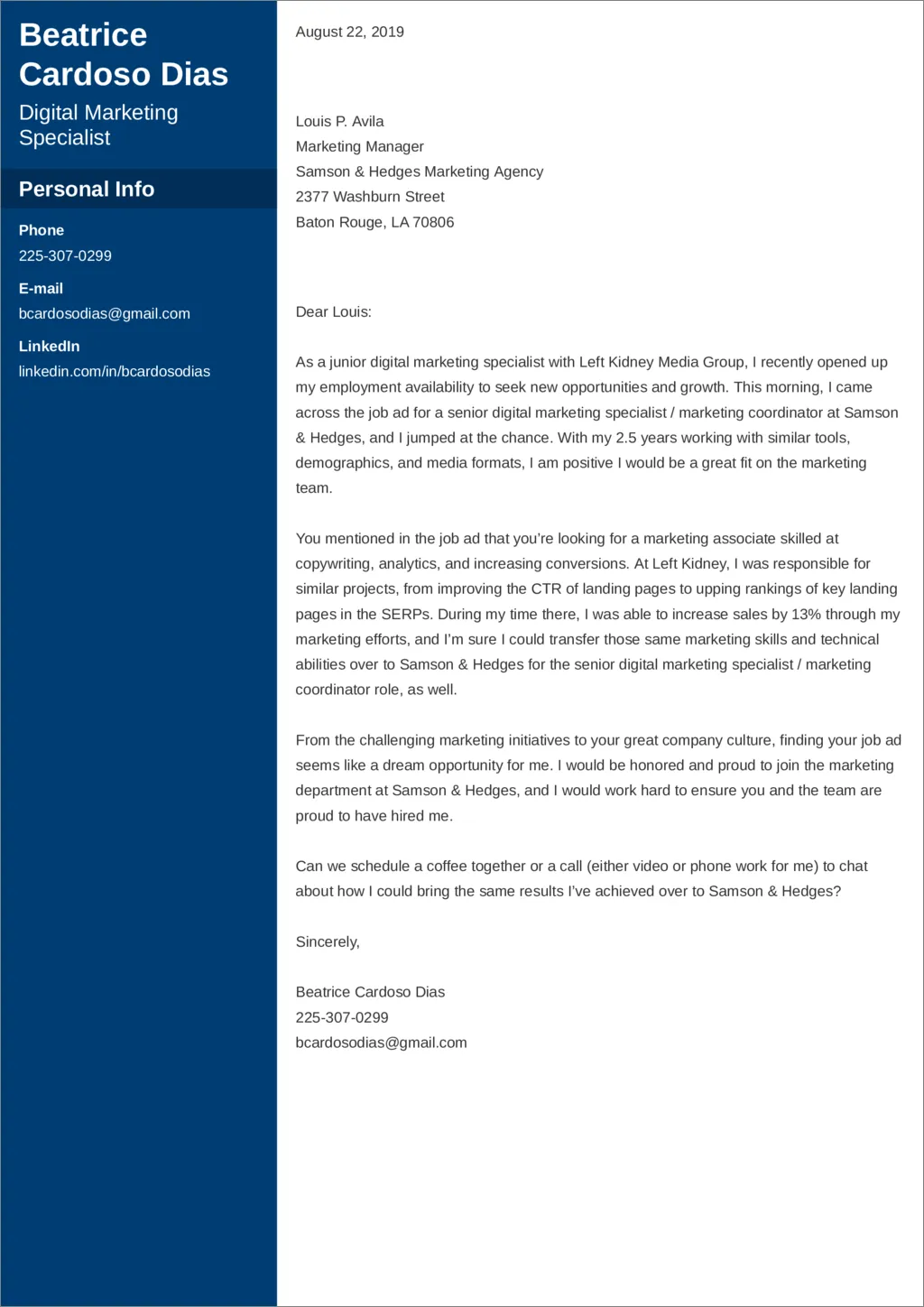Why the Cover Letter Intro Matters
The opening of your cover letter is your first, and often only, chance to make a strong impression on a potential employer. It sets the tone for the rest of the document and significantly influences whether the hiring manager will continue reading. A well-crafted introduction grabs attention, demonstrates your understanding of the role, and highlights why you’re a compelling candidate. This initial paragraph is crucial because it quickly conveys your enthusiasm, professionalism, and relevant experience. Failing to capture the reader’s interest from the start can lead to your application being overlooked, no matter how qualified you are. Therefore, investing time in perfecting your cover letter opening is a critical step in securing an interview and ultimately, the job.
The Purpose of a Cover Letter Opening
The primary goal of your cover letter’s introduction is to immediately capture the hiring manager’s attention and convince them to continue reading. It serves as a concise summary of your intentions, stating the specific position you’re applying for and your interest in the company. Moreover, the introduction should convey your enthusiasm for the opportunity and subtly highlight a key achievement or skill that aligns with the job requirements. This approach helps you stand out from other applicants. A well-written opening should also personalize your approach, showing that you’ve taken the time to research the company and understand their needs. By setting a positive and engaging tone, the introduction aims to create a connection with the reader and encourage them to explore the rest of your qualifications in detail. The goal is to leave a positive and memorable first impression.
Tip 1 Personalize Your Greeting
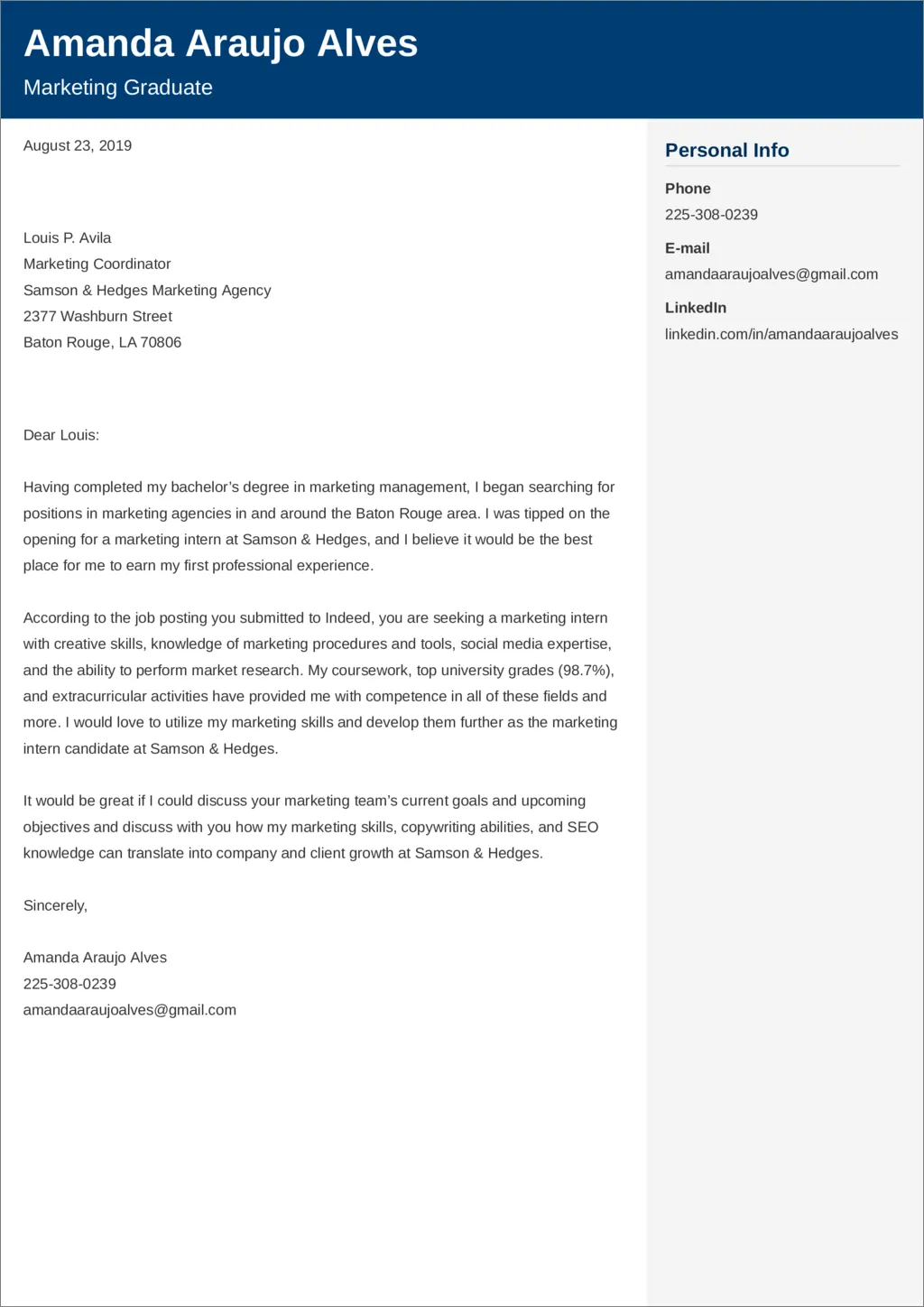
Personalizing your greeting is a fundamental step in making a strong first impression. Avoid generic greetings like “To Whom It May Concern” or “Dear Sir/Madam,” which often feel impersonal and indicate a lack of effort. Instead, research the hiring manager’s name and address them directly. This demonstrates that you’ve taken the time to learn about the company and the role. If the name is not readily available, try to find it through LinkedIn, the company website, or by contacting the HR department. A personalized greeting immediately shows that you’re serious about the opportunity and have taken the initiative. It establishes a more personal connection with the reader, making them more likely to view your application favorably. By addressing the hiring manager by name, you signal respect and attention to detail, crucial qualities in any professional setting.
How to Address the Hiring Manager
When addressing the hiring manager, use a professional and respectful tone. If you know their name, start with “Dear Mr./Ms./Dr. [Last Name].” If you’re unsure of their gender identity, you can use their full name, e.g., “Dear [First Name Last Name].” Ensure you spell their name correctly and double-check the pronunciation. Using the correct title and name conveys respect and attention to detail. In cases where you cannot find the hiring manager’s name, consider using a role-specific greeting, such as “Dear Hiring Manager,” or “Dear [Department] Team.” However, always try to find a specific person to address; it shows you’ve done your homework. This simple gesture makes your cover letter more engaging and personalized, making you stand out from the crowd. It indicates you are proactive and pay attention to the details.
Finding the Hiring Manager’s Name
Finding the hiring manager’s name might require some research. Begin with the job posting itself, as some companies include the contact person’s name. Check the company’s website, particularly the “About Us” or “Team” sections. LinkedIn is also a valuable resource; search for the company and the relevant department or role. You may find the hiring manager listed, or at least, an HR representative or someone in a similar position. If all else fails, try contacting the company’s HR department directly and politely asking for the hiring manager’s name. Be mindful and respectful of their time. When reaching out, briefly explain why you need the information, emphasizing your interest in the position. This small investment of time can significantly improve the impact of your cover letter, showing that you’re willing to go the extra mile.
Tip 2 State the Position and Your Interest
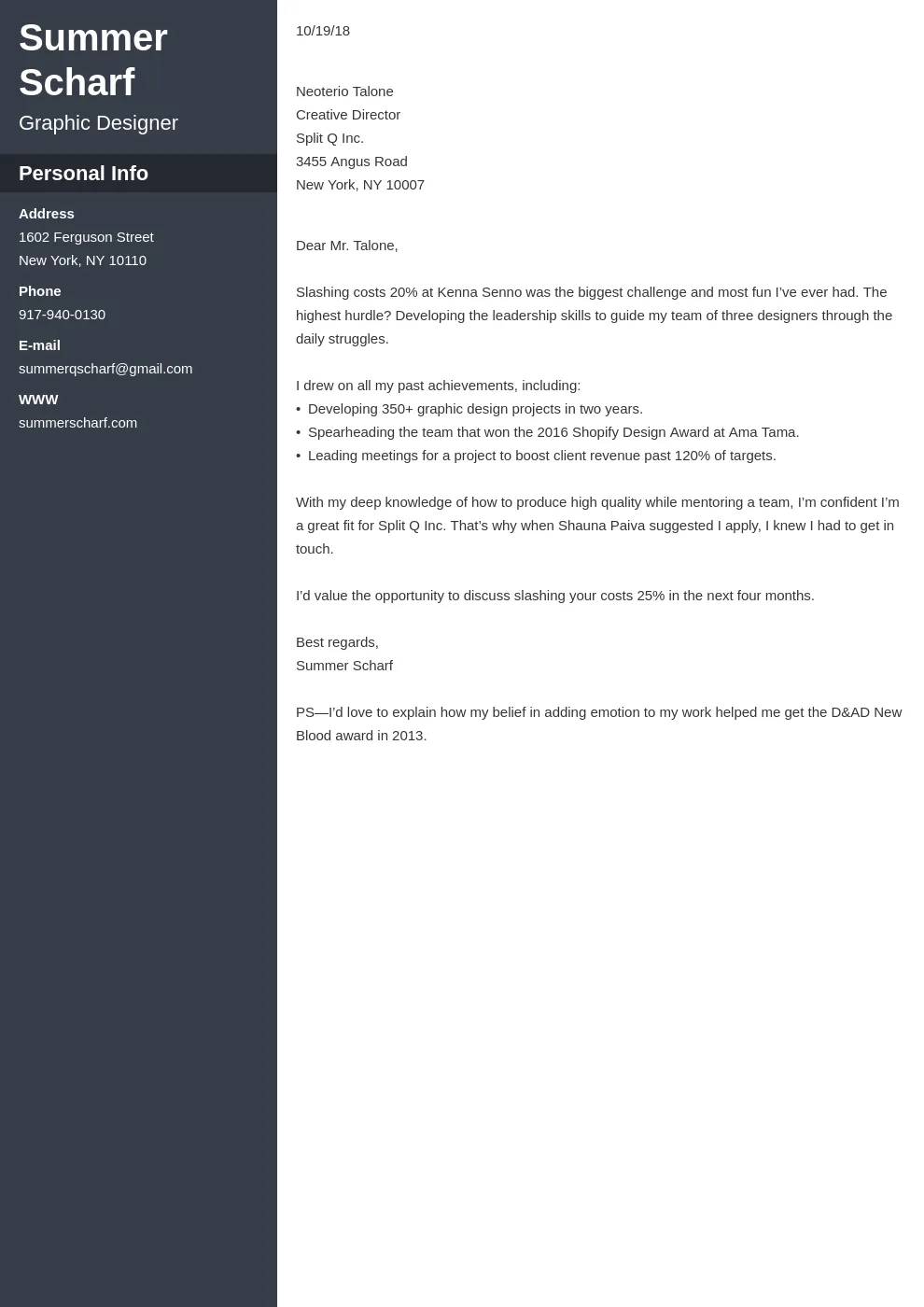
Immediately state the specific position you are applying for in your cover letter opening. This ensures clarity from the outset and avoids any confusion. Briefly mention the job title and, if applicable, the job reference number to provide context. This confirms you have thoroughly reviewed the job posting and are targeting a specific opportunity. Include a brief and concise statement of interest. Show your enthusiasm for the role and the company. A simple sentence like, “I am writing to express my enthusiastic interest in the [Job Title] position at [Company Name]” is effective. Personalize the statement to show why you are particularly interested in this opportunity. Refer to something specific about the company or the role that resonates with you. This demonstrates that you’ve researched the company and are genuinely interested in the work.
Clearly Mention the Job You’re Applying For
Be explicit about the job title in your opening. Don’t make the hiring manager guess which position you’re targeting. Include the job title, as it appears in the job posting, to minimize any misunderstanding. If there’s a specific reference number associated with the job, include that as well. This helps the hiring manager quickly identify your application and ensures that you are being considered for the correct role. This level of detail saves time and demonstrates that you’re organized and attentive. It shows you have carefully reviewed the job posting. This straightforward approach ensures your application is quickly understood and considered.
Express Enthusiasm for the Opportunity
Expressing genuine enthusiasm is vital in capturing the reader’s attention and setting a positive tone. Show why you are excited about the role and the company. This can be as simple as stating, “I am thrilled about the opportunity to apply for the [Job Title] position.” To go further, link your excitement to specific aspects of the job or the company’s values. For example, you could mention a project you admire, or something specific about the company’s culture. This shows you’ve researched the company and are genuinely interested in the opportunity. Avoid generic statements. Your enthusiasm should be evident in your tone and word choice throughout the opening. This genuine interest immediately makes your application more memorable and appealing.
Tip 3 Highlight a Key Achievement or Skill
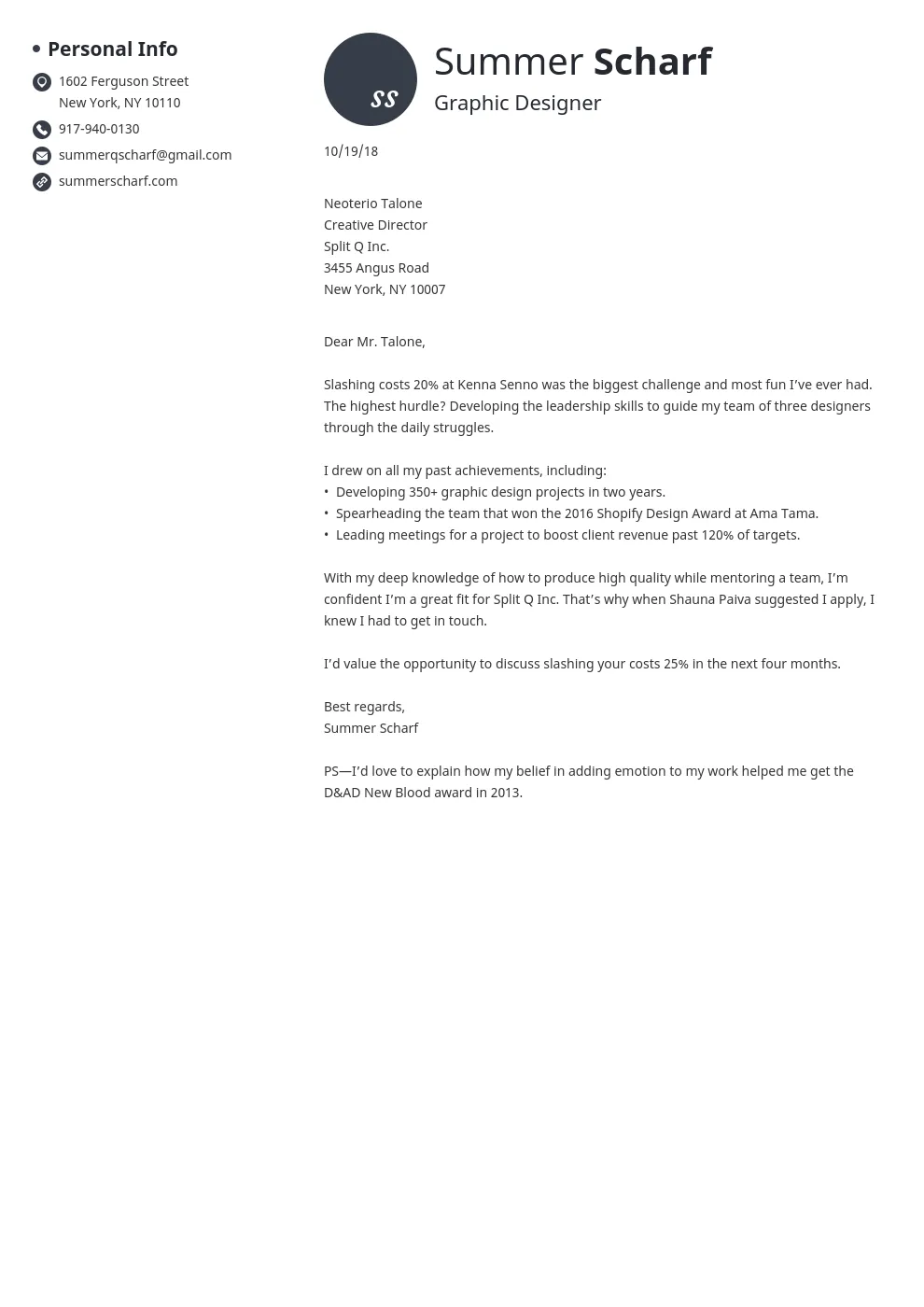
Immediately showcase a key achievement or skill that aligns with the job requirements. This helps you to demonstrate your value to the employer from the outset. Think about a recent accomplishment that demonstrates your competence or a key skill essential for the role. Quantify your results whenever possible. Instead of saying, “I improved sales,” say, “I increased sales by 15% in the last quarter.” This provides concrete evidence of your capabilities. Make sure the achievement or skill is directly relevant to the job you’re applying for. Carefully review the job description and identify the most important requirements. Then, in your opening, briefly mention how your experience addresses those requirements. This strategy shows you can quickly contribute to the company’s success.
Showcase Relevant Accomplishments
Focus on accomplishments that directly relate to the job requirements. Choose an accomplishment that resonates with the core responsibilities and skills outlined in the job posting. Consider your previous roles and identify a time when you exceeded expectations or solved a significant problem. Use the STAR method (Situation, Task, Action, Result) to frame your accomplishment. Briefly describe the situation you were in, the task you were assigned, the action you took, and the positive result of your efforts. Quantify your results to make them more impactful. For example, mention any increase in efficiency, revenue growth, or cost savings you achieved. Demonstrating your ability to deliver tangible results creates a strong first impression and proves your value to the potential employer.
Demonstrate Your Value Immediately
Start by demonstrating your value right from the start, to capture the hiring manager’s attention quickly. Instead of just stating your qualifications, show how they benefit the company. Frame your opening around a key skill or accomplishment that aligns with the job requirements. Use strong action verbs and focus on results. Rather than saying “I have experience with,” say, “I successfully managed.” Provide a concise, compelling reason for the reader to continue reading. This can be a brief summary of your top skills, or your specific contributions to previous projects. Immediately showcasing your value sets the tone for the rest of your cover letter. It establishes that you’re a results-oriented candidate. The goal is to make the hiring manager want to learn more about you.
Tip 4 Briefly Summarize Your Qualifications
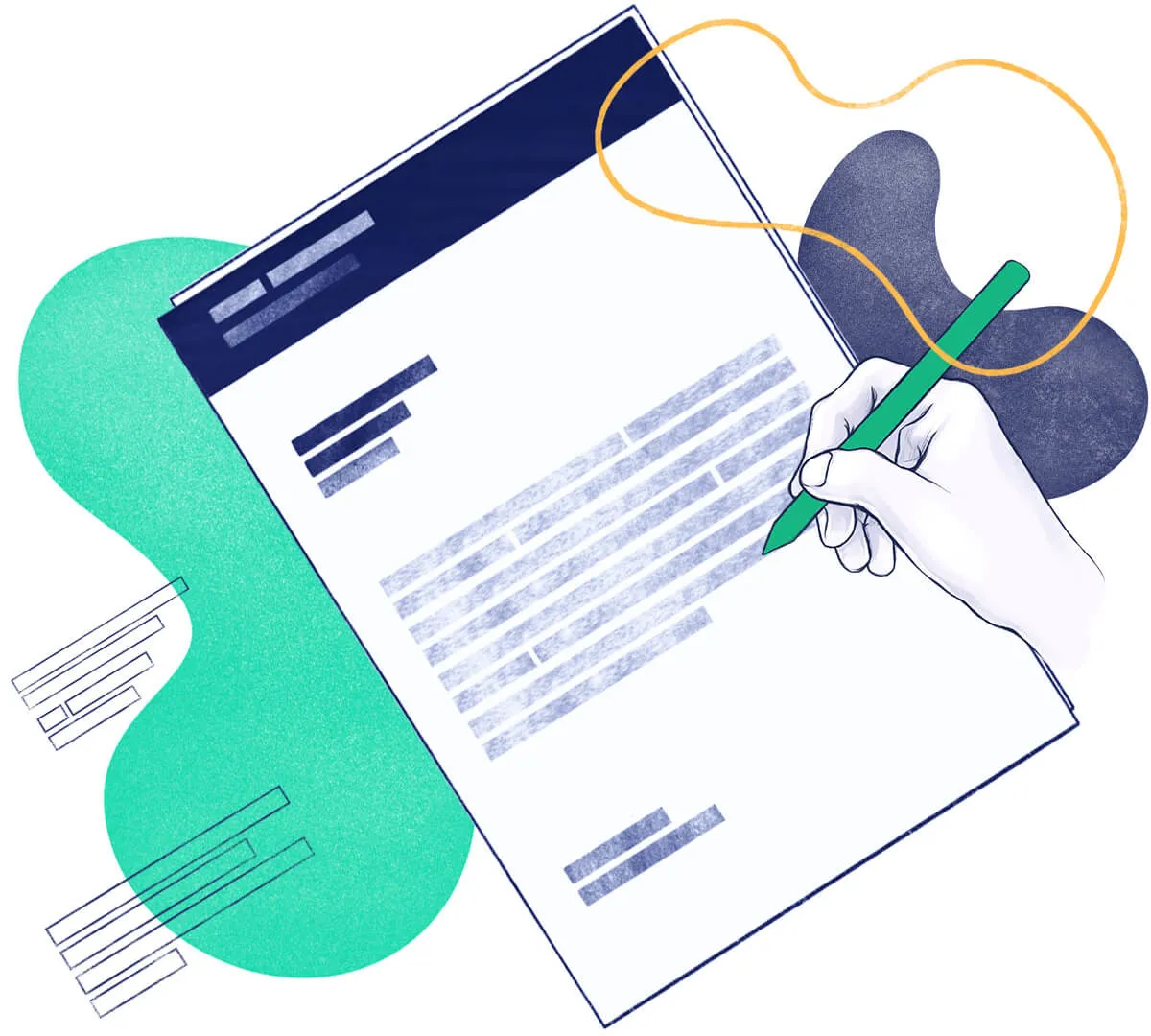
Your opening should include a brief overview of your qualifications that are most relevant to the job. Identify the key skills and experiences that make you a strong candidate. These are the attributes most sought after in the job description. Tailor this summary to match the specific requirements of the role you are applying for. Instead of listing every qualification, focus on the most pertinent ones. Concisely connect your skills to the job’s requirements. Explain how your experience directly relates to the role. Focus on results rather than just tasks. Quantify your achievements whenever possible. Mentioning specific accomplishments and how you’ve contributed to past successes adds credibility. This strategy ensures that the hiring manager can easily see your potential fit for the position, making your cover letter immediately effective.
Connect Your Skills to the Job Requirements
Align your skills with the job description to demonstrate your understanding of the role and your ability to meet its demands. Review the job description and identify the essential skills and qualifications. Then, in your opening, briefly mention how your experience and skills align with these requirements. Give specific examples of how you’ve used these skills in previous roles. If the job requires project management skills, mention a project you successfully managed and its positive outcomes. Keep your summary concise and focused. Avoid listing every skill you have. Only highlight the most relevant ones. This approach shows the hiring manager that you have read the job description and that you understand what they are looking for in a candidate. It indicates that you are a good fit for the role.
Tip 5 Mention a Mutual Connection (If Applicable)
Mentioning a mutual connection can significantly boost your chances of getting noticed. If you know someone who works at the company or has a relationship with the hiring manager, include their name in your opening. This creates a sense of familiarity and can make your application stand out. You don’t need to provide an exhaustive detail. A simple mention, such as “I am pleased to apply for this role, and [Mutual Contact’s Name] suggested I reach out,” is sufficient. Ensure you’ve obtained permission from the connection before including their name. This avoids any awkwardness and ensures they are comfortable with your reference. Consider if your mutual connection knows the hiring manager or works in the same department. If so, emphasize this connection in your opening. Leveraging a mutual connection can help get your foot in the door.
Networking and Its Benefits
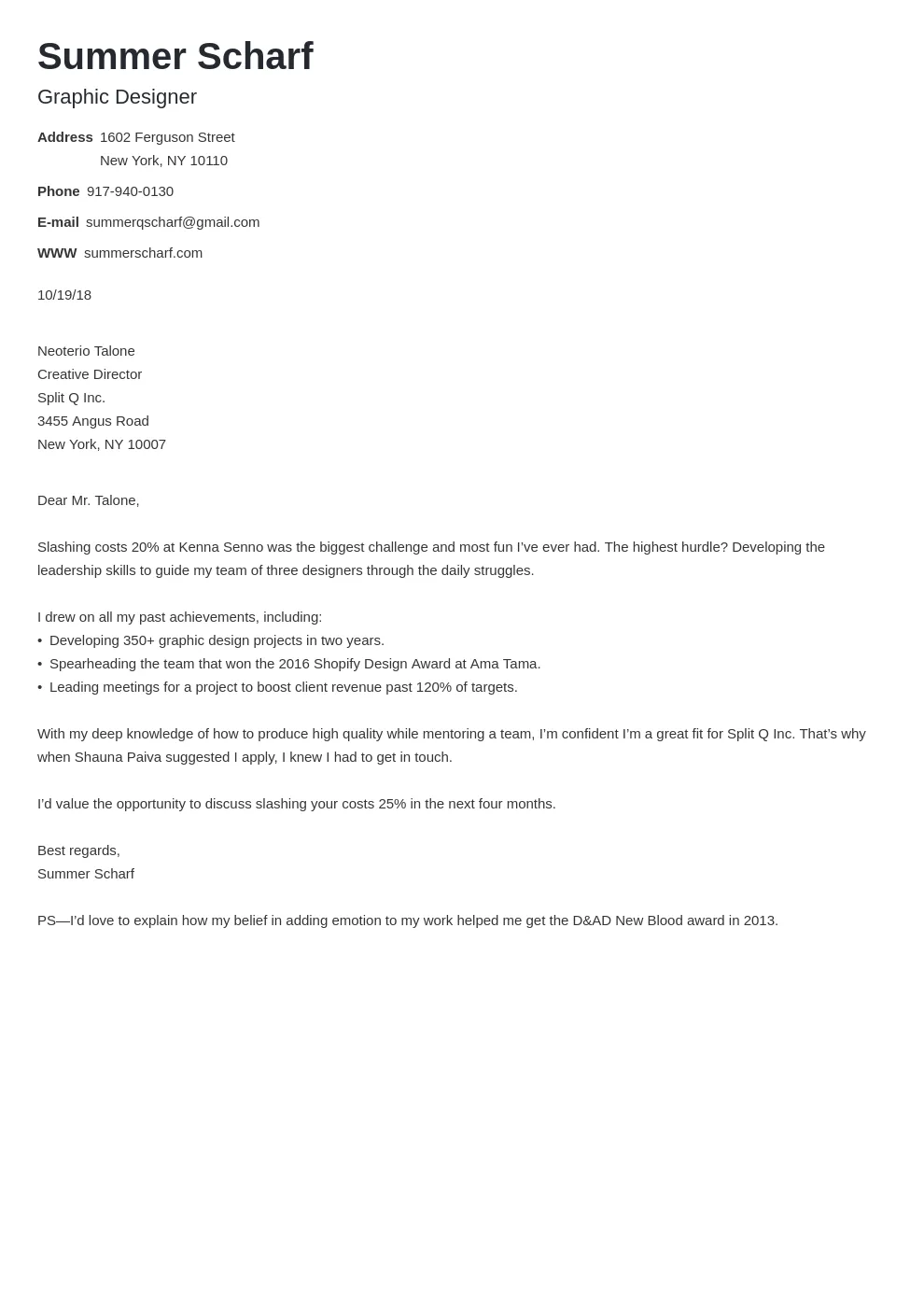
Networking plays an important role in career advancement. Networking helps you connect with people in your industry and expand your job opportunities. It can also introduce you to valuable opportunities. Building relationships with others can open doors to jobs that might not be advertised publicly. Use platforms like LinkedIn to build connections. Attend industry events and conferences. Networking can help you to gain insights into the job market, industry trends, and job openings. Seek advice from contacts. They can provide feedback on your resume, cover letter, and interviewing skills. Building and maintaining a professional network will prove to be a key strategy for a successful career.
Common Cover Letter Opening Mistakes to Avoid
Avoid generic openings that lack personalization. Generic phrases such as “To Whom It May Concern” or “Dear Sir/Madam” are often perceived as impersonal and demonstrate a lack of effort. Refrain from restating your resume in the opening. Your cover letter should provide additional context and insights, not simply repeat the information already in your resume. Do not use overly lengthy introductions. Keep your opening concise and focused. Avoid jargon or clichés. Stay clear and straightforward. Don’t be vague or overly enthusiastic. Instead, demonstrate genuine interest. Avoid grammatical errors or typos. Always proofread your cover letter carefully. These errors can detract from your professionalism. By avoiding these mistakes, you can significantly improve the impact of your opening and increase your chances of securing the job.
